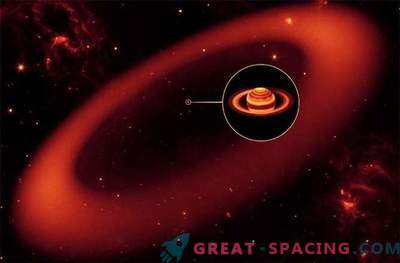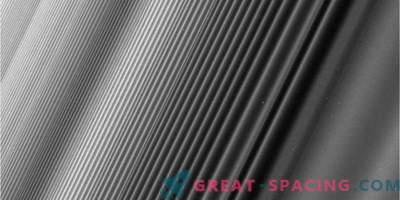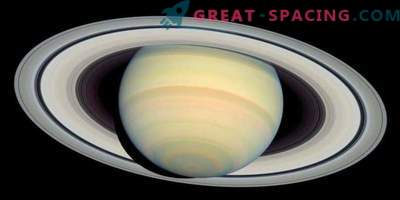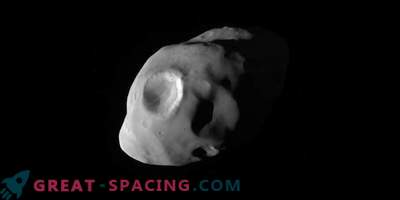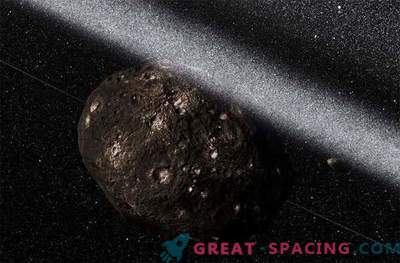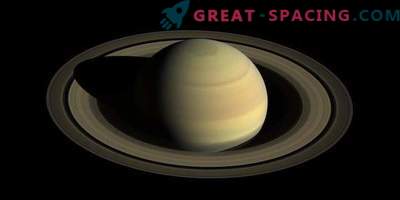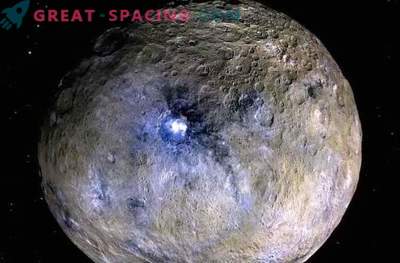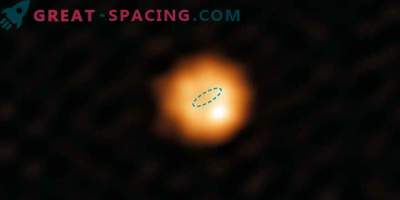
The visualization is displayed using the Chariklo double ring simulation.
Japanese researchers modeled two rings around the Chariklo - the smallest body in the Solar System, having a ring system. This is the first time that the entire ring system has been recreated using realistic particle sizes, as well as taking into account collisions and gravitational contacts. This helped to understand the size and density of particles in the rings. Looking at the picture on a global scale and in detail for the first time, the scientists found that the inner ring of Chariklo should be unstable. Particles can be much smaller than those predicted or there is a satellite around it, a stabilizing ring.
To find out the detailed structure and evolution of the rings, Dr. Shugo Michikoshi and Professor Eiichiro Kokubo created a simulation using the ATERUI supercomputer. They calculated the movements of 345 million ring particles with a realistic size of several meters, taking into account collisions and mutual gravitational attraction between them.
According to the results, the density of the ring particles should be less than half the density of Chariklo. In addition, it turned out that “gravitational traces” are formed in the inner ring due to the interaction between the particles. They also accelerate the decay of the ring. The team recalculated the life of the rings in the light of new data and it turned out that they had 1-100 years less than in previous calculations. They were surprised that the ring in general still remains in place.
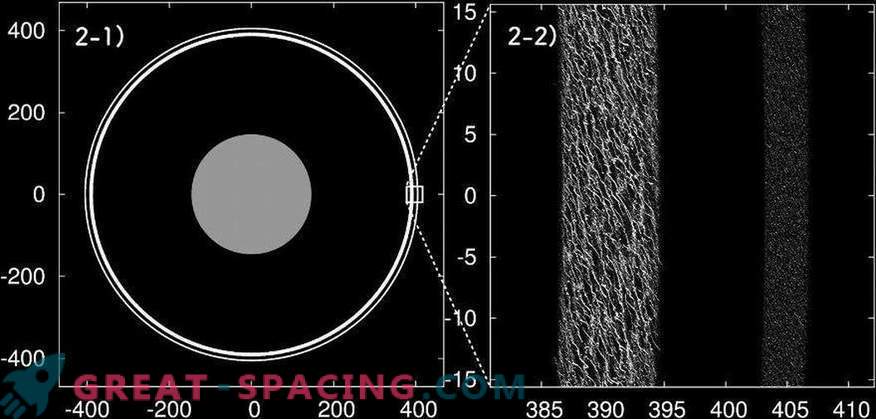
Using a particle density equal to half the Chariklo density, one can maintain the overall structure. In close-up (on the right) one can see elongated formations - gravitational traces. Numbers along the axes indicate distances in km.
Researchers have put forward two options for this position of the rings. “First, the presence of small ring particles. If the size reaches just a few millimeters, the rings can last for 10 million years. Secondly, the existence of a hidden satellite, which slows down the process of disintegration, ”explained Professor Kokubo.
“The interaction between the rings and the satellite is also an important process. This can be traced by the example of Saturn. To better understand this process, we are planning to build a new model for the formation of Chariklo rings, ”added Michikoshi.
Ring systems include particles from a few centimeters to meter blocks. It is still difficult to calculate the trajectories and their interaction. Previous researchers modeled only part of the ring system, ignoring the general structure, or used unrealistically large particles, forgetting about the details.
In 2014 around Hariklo (the largest centaur) found 2 two rings, separated by a gap. Centaurs are small bodies traveling between Jupiter and Neptune. Although Chariklo is only 100 km in size, its rings are as opaque as those of Saturn or Uranus. Therefore, it is an ideal object for modeling a complete ring system.




